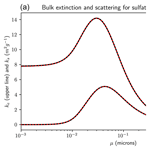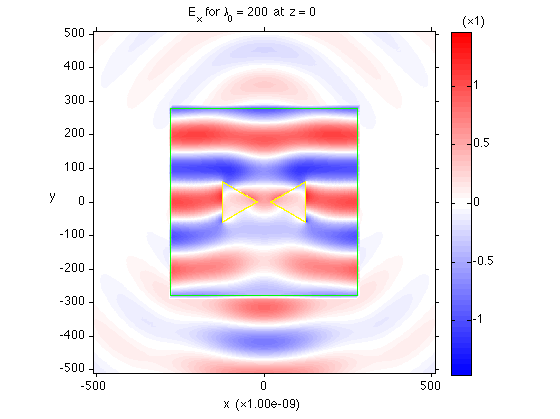|
|
 |
DGF Python code printed in printed in M DeRosier:
LIGHT SCATTERING MODEL THROUGH COMPUTATIONAL METHODS IN PYTHON USING A DIGITIZED GREEN FUNCTION BY SCATTERING OF SMALL PARTICLES
Brigham Young University - Idaho, 2022.
Python module to calculate scattering amplitude and phase matrices of rotationally symmetric particles based on the T-matrix method. Based on the original Fortran T-matrix code by M.I. Mishchenko.
Matlab Coupled dipole approximation (CDA code) printed in
Burrows, Christopher, University of Exeter (United Kingdom) ProQuest Dissertations & Theses, 2010. U563339.
This Julia package provides semi-analytical solutions to the scattering of time harmonic and static electromagnetic fields from spherical objects (amongst others known as Mie solutions or Mie scattering).

A vector finite element method for electromagnetic scattering (C++).

This repository is a rudimentary c++ implementation of Mie scattering. It is meant to be used as a library for fast and stable low level evaluation of Mie scattering phenomenons.
NeuralMie, a neural network Mie scattering emulator that can directly compute the bulk optical properties of a diverse range of aerosol populations and is appropriate for use in atmosphere simulations where aerosol optical properties are parameterized.

TorchGDM is a PyTorch implementation of the Green's dyadic method (GDM), a electro-dynamics full-field volume integral technique. It's main features are multi-scale simulations combining volume discretized and effective e/m polarizability models, as well as the general support of torch's automatic differentiation.

MaxwellFDFD is a MATLAB-based package that solves the frequency-domain Maxwell's equation.

New paper
T-matrix representation of optical scattering response:
Suggestion for a data format
|
|
 |
|